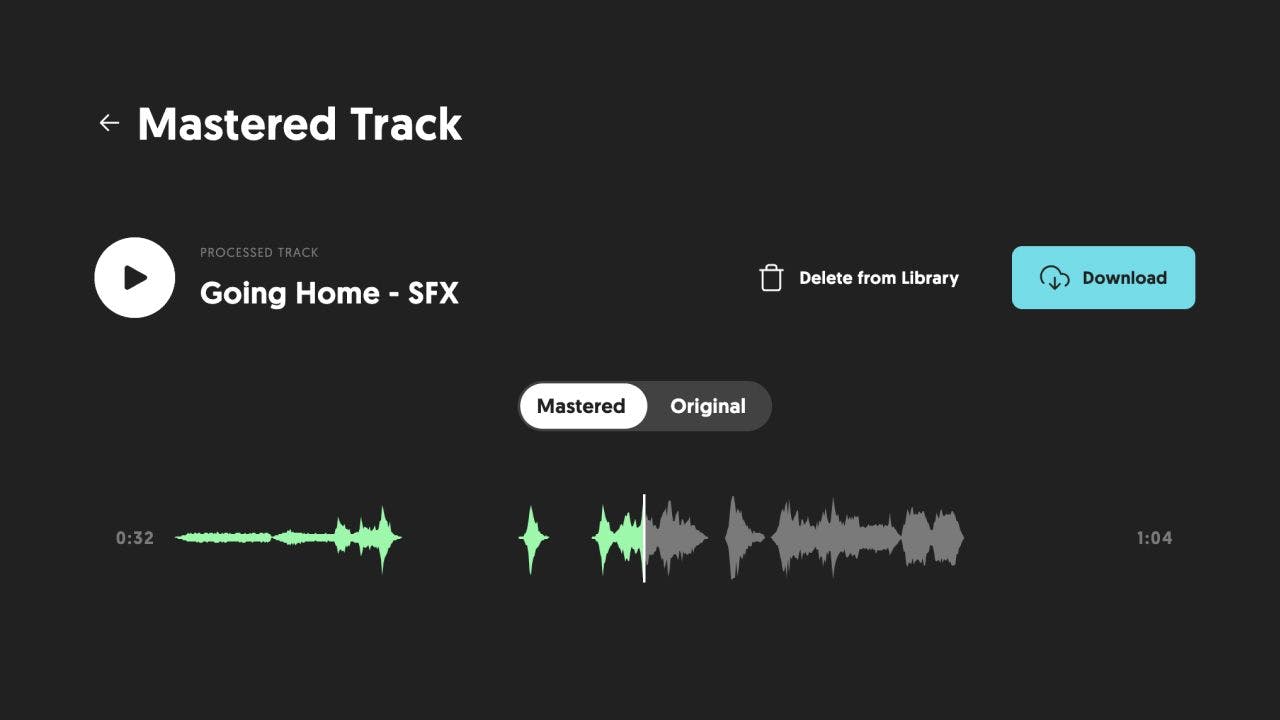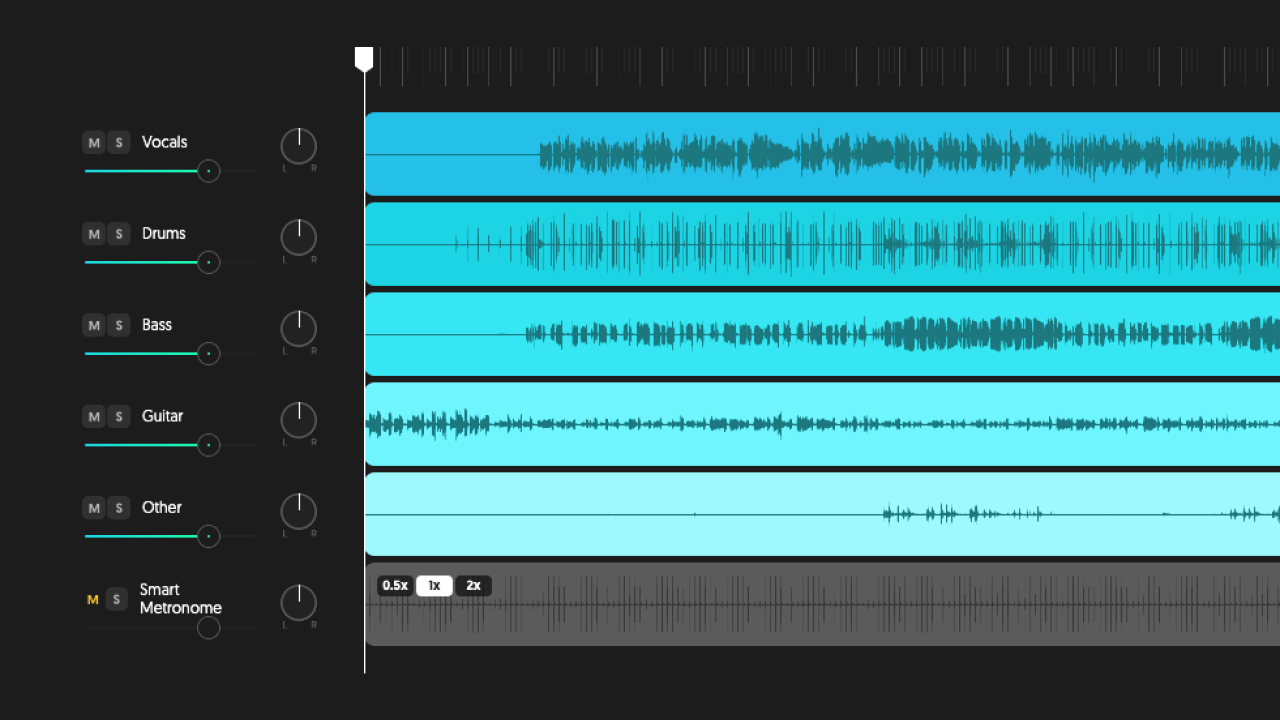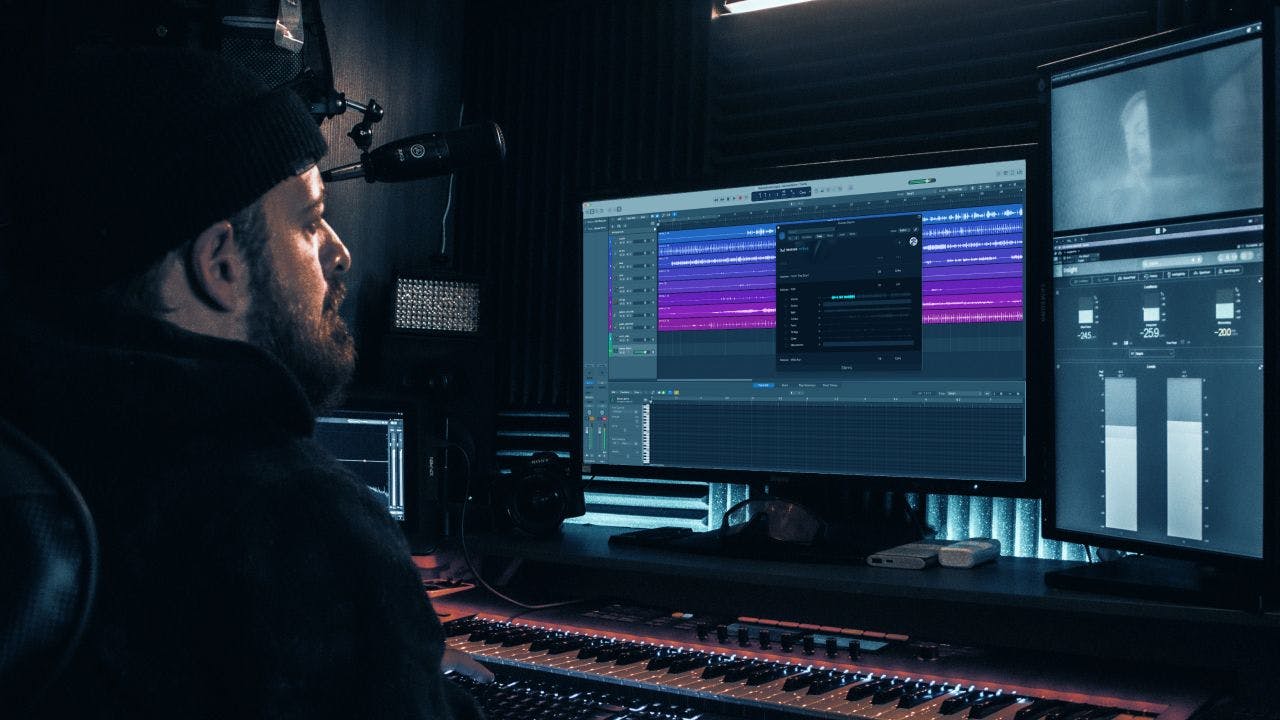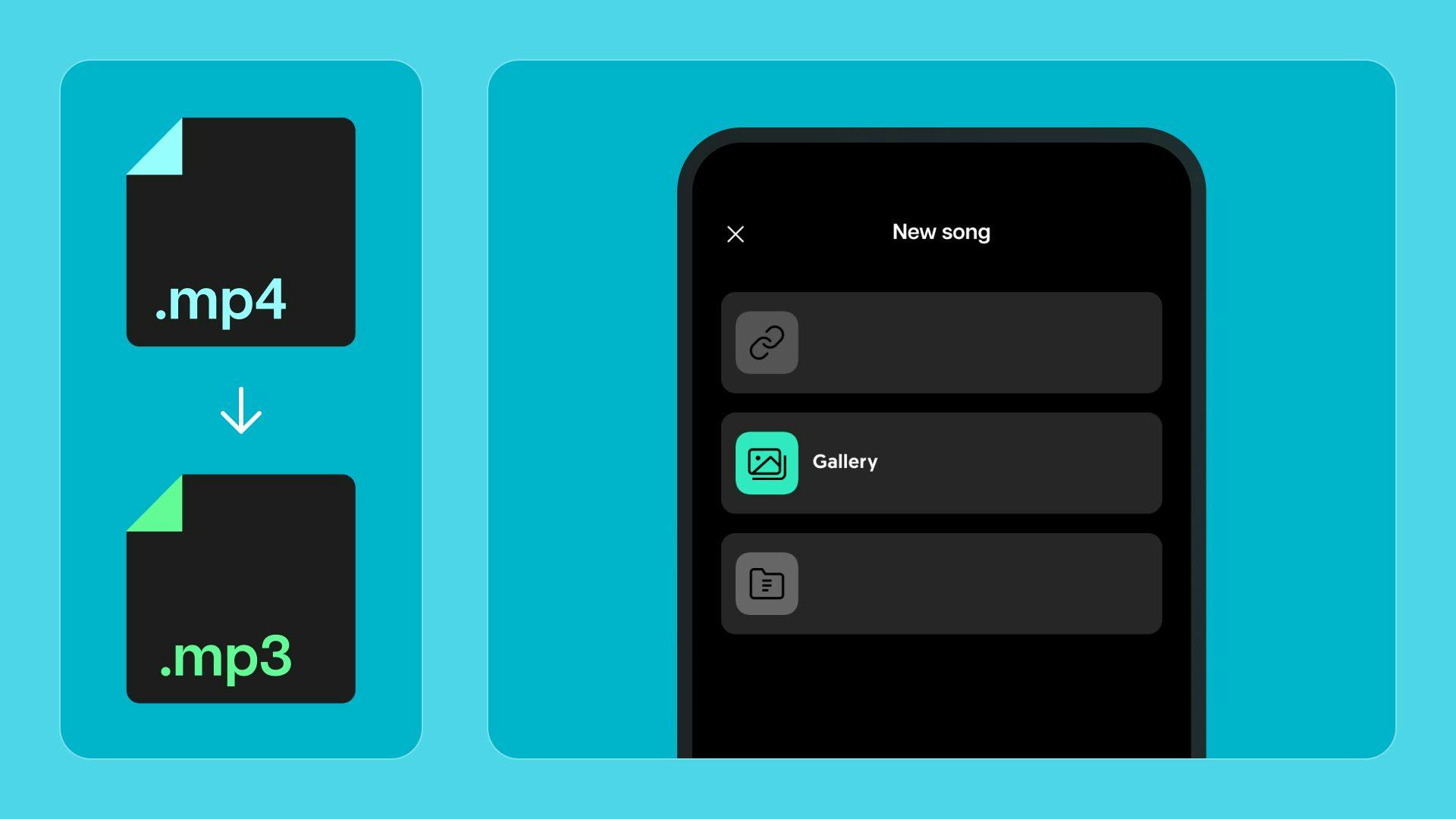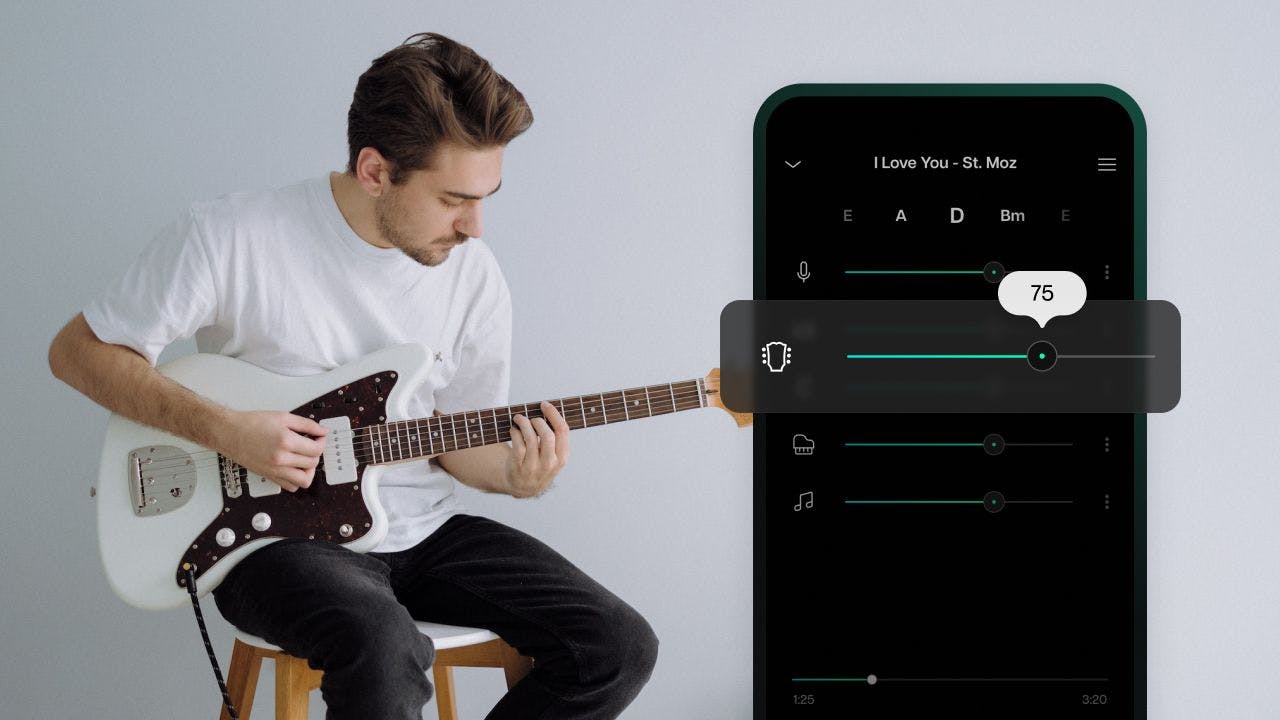No matter what kind of pre-recorded musical production you’re putting out into the world, whether a beginner releasing their first song, or a career artist releasing their 10th album, every song and piece must go through the process of being mastered.
You may have heard that term thrown around before but are asking yourself what it means, or how you can master a song yourself.
What is Mastering?
Audio mastering is the final step in the long process that is creating a song. Its purpose is to prepare an audio mix for final distribution on all platforms, i.e. Playback on a device such as a phone, computer, speaker system, or a streaming service like Spotify or Itunes. It also brings balance across an album or EP so that they have a cohesive sound throughout every track, meaning one song doesn’t sound louder than another or out of place.
It’s a bit like photography, you can make the sky bluer, and the greens greener -Ian Cooper (mastering engineer).
Mixing vs Mastering
Mixing marks the start of post-production, where an artist or engineer balances the separate tracks to blend well together. With tools like EQ, compression, and reverb, the mixing engineer reduces clashes between instruments, emphasizes important song elements, etc.
Mastering takes that mix and both corrects and enhances sonic elements (sound waves, resonance, and energy), to ensure playback quality across all systems and formats before distribution as mentioned earlier.
Mixing focuses more on the individual tracks, whereas mastering looks at the song as a whole.
Still have questions? Check out this video from mastering engineer Will Borza on the basics of mastering and its importance, filled with information about mastering theory, techniques, and technology.
Two Types of Mastering
There are two general ways to master a song, one of them as we have mentioned is by using an audio engineer (or yourself) and, another is to use Artificial Intelligence mastering, or AI mastering.
AI mastering analyzes, renders, and processes your song instantly. The traditional mastering process requires critical listening; results depend upon the intent of the engineer, the skills of the engineer, the accuracy of the speaker monitors, and the listening environment. AI mastering with Moises combines state-of-the-art engineering and artificial intelligence, making it more affordable and accessible for the everyday artist to master their song.
How to Master a Song at Home
While it is very common and most often recommended to hire a professional mastering engineer, this doesn’t mean you can’t learn how to master a song at home or master a song online.
AI mastering with Moises has made a luxury process (hiring an audio engineer) more accessible across the board for artists and producers alike. With this type of online programming, your songs receive state-of-the-art processing and at a fraction of the fees, you would be charged by the music industry. It has become the most affordable and best solution to master a song on your own.
One of the first steps to mastering a song has nothing to do with the song itself and everything to do with the space you’re working in. It is absolutely crucial that you have a treated room to master your song in. If the space you’re working in is untreated, your song may sound amazing while working in that space but will fall apart everywhere else. It would be like painting with your eyes closed, there’s a possibility it would look great, but more than likely the final result would not be one you’d be proud of.
For tips on how to treat your space, this article has some great tips.
- Also read: Meet Moises: The Best Tool for Mastering Cover Songs
At Moises, the process of mastering a song online works intelligently and fast. The following is a step by step guide on everything you will need to use the Moises AI Mastering feature*:
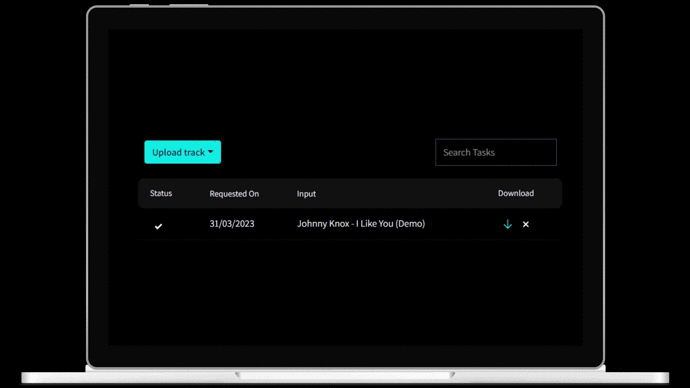
Step 1: Preparing your tracks before uploading
- Make sure you leave enough headroom around -3 to -6 dB.
- Your mix file should not be clipped.
- Upload both your mix and reference file with the highest possible quality. E.g: WAV 44.100 Hz with 24 or 16 bits.
- Avoid using data processing on the master bus (for e.g. limiters, maximizers, equalizers, etc.).
- Avoid using mono tracks, to take full advantage of stereo widening, use Stereo mixes.
Step 2: Choose the best reference track
- Use WAV files, uploading compressed files such as MP3 might work, but they won't achieve the full potential.
- To achieve best results choose a reference song in the same root key of your mix.
- Choose a song with the same genre and style
- Also, choose a reference track with a similar instrument setup and comparable mix for perfect results.
Step 3: (optional) Advanced features
- Limiter on: This is the default setting. The result shall be broadcast ready.
- Limiter off: disable the limiter if you want to use your own limiter/compression tools. Using loud reference files, especially EDM (Electronic dance music), the final output can sound 'squashed'. Use this setting to have greater control over the dynamics of your song. Result: the output will not include the limiter.
- Normalization: setting normalization is only available if the Limiter is off. Setting to **off **might result in clipped audio unless you select 32 as your bit depth.
If you are looking to work with your own limit/compressor, we recommend setting both Limiter and Normalization to off and set the bit depth to 32. Use the output WAV on your audio editor/DAW to finalize the master.
After reading this article, we hope now more than ever you’re feeling equipped and confident in your ability to master the project at hand. Our goal is that you are prepared and well informed, still have questions about mastering? Ask us in the comments below and take the opportunity to download the Moises app now, available for iOS and Android!
*For now, this functionality is only available in the web version.
Image: Unsplash (Soundtrap)
